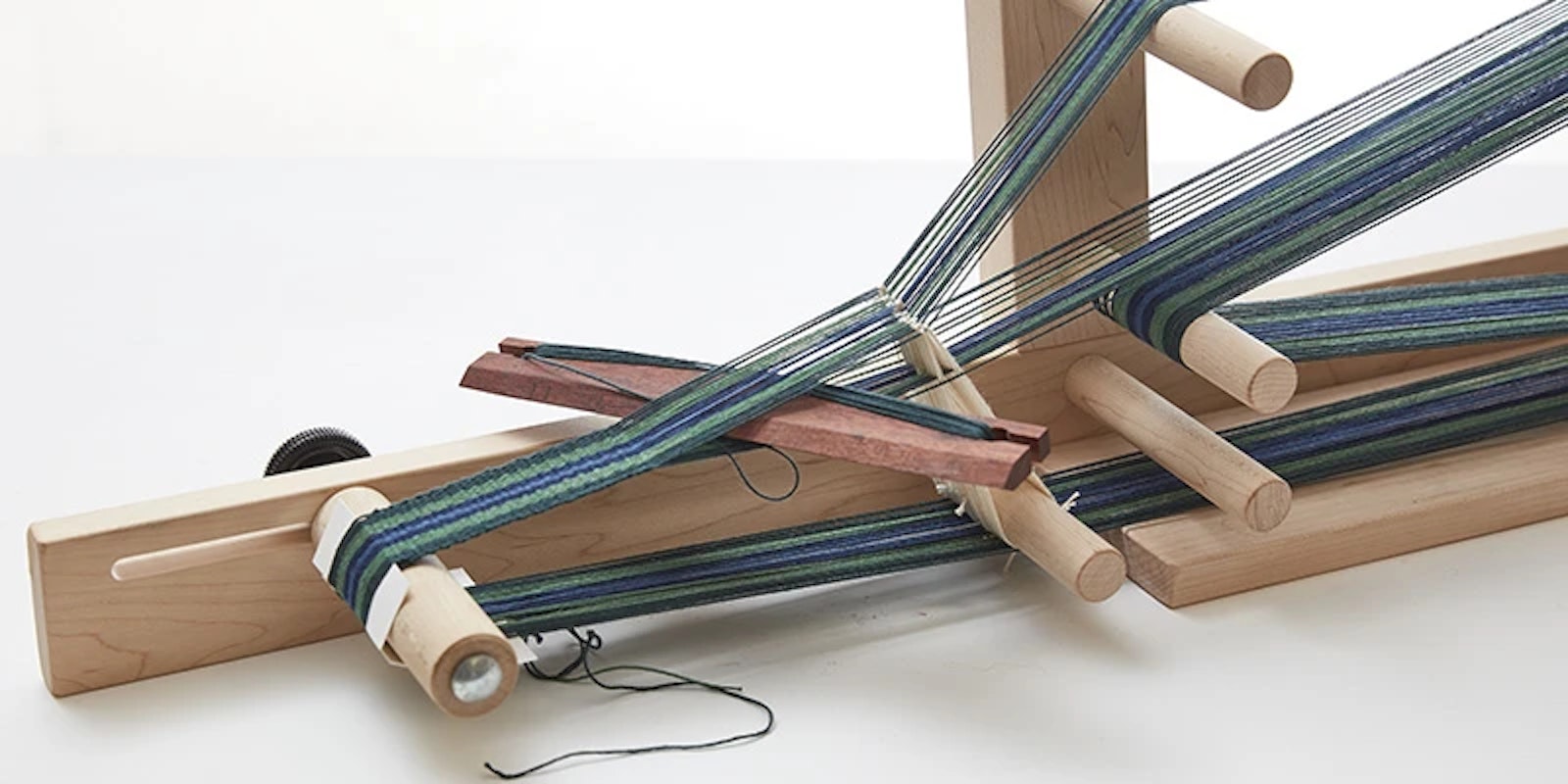Earlier this week, I finally got around to seeing the movie The Imitation Game (and wow, was it a fascinating and moving film), and it got me thinking about early computers. Particularly, because I’m a big fiber nerd, about the origin of weaving computing technology.
You might not realize how crucial the textile industry was to the development of computing hardware, but it makes sense when you think about the technological advances made possible by the growth of that industry during the Industrial Revolution. The flying shuttle, the spinning jenny, the cotton gin, and more were all developed to meet the increased demand for textiles, as was an invention that was the origin of weaving computing machines: the Jacquard loom.
Invented by Joseph Marie Jacquard, the Jacquard loom sped the process of weaving complex textiles like brocade, damask, and matelasse, allowing factory owners to increase their profit margins and scale up the industry. This was accomplished by translating complex weaving instructions into punched cards, laced together into a sequence that gave the loom instructions for raising and lowering warp threads.
This “language” of weaving was an early form of binary, the language of 1s and 0s that still drive computing today. Rather than 1s and 0s, Jacquard’s punch cards could recognize whether a card was punched or not punched in a particular location, which corresponded to the necessary position of the warp threads for each pass of the shuttle. The loom could then interpret these instructions and produce even the most complex designs very quickly.
This was a precursor to the development of computer programming and data entry. In fact, some early computers received programming instructions from a paper tape punched with holes, just like the string of cards used to instruct a Jacquard loom. Punched-card systems were a key part of computing up until the mid 1980s.
Today, Jacquard looms are run by computers rather than by cards, but the legacy remains! So next time you’re using your computer (or, even more futuristic, your smart phone) to design a weaving project, watch an instructional weaving video, or connect with other weavers online, know that you are part of the ongoing coevolution of weaving technology and computing technology.


